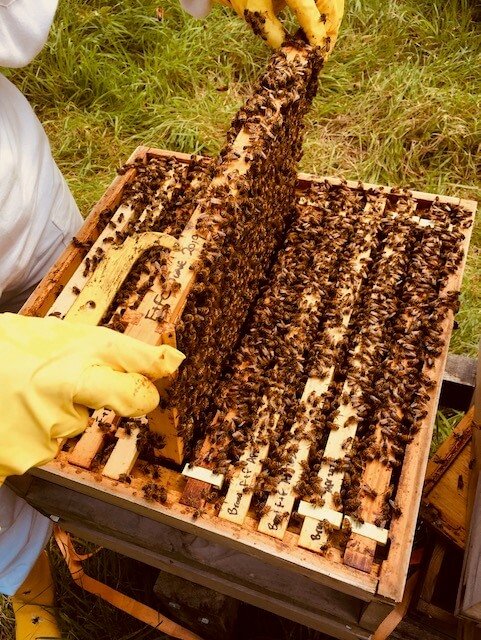
Inspecting Tatiana – 31st August 2020

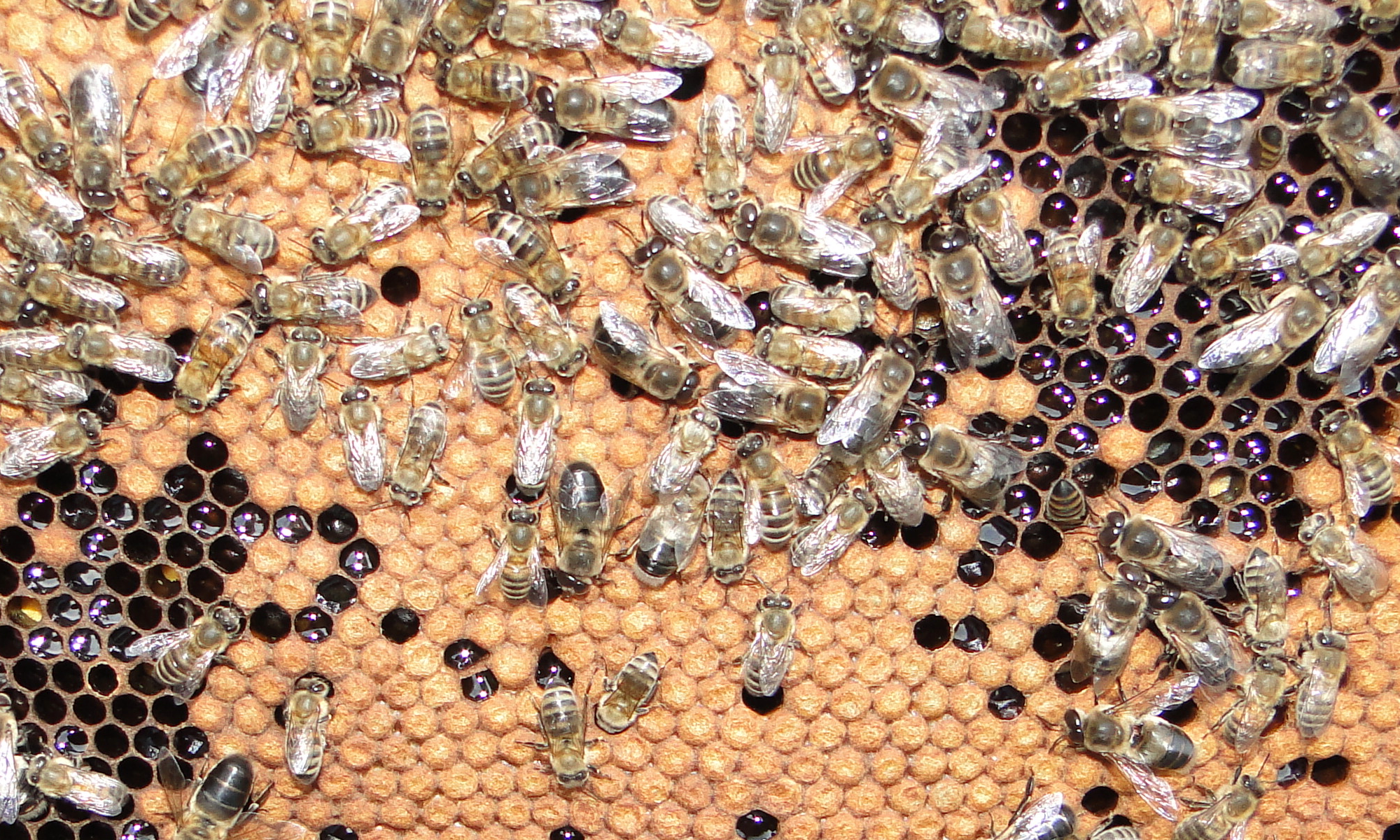
Honey from the Ecclesbourne Valley

As the season begins to come to an end (late August) the colony prepares for winter. The males in a colony (drones) only have one purpose – to mate with new Queens. They can’t forage for food or look after young or indeed, anything else. Therefore as the mating season is over the hive mind decides they are surplus to requirements and the females (workers – who hugely outnumber the drones) starts to get rid of them. Now, the drones don’t fancy this at all – they’ve lived a wonderful life being waited on, hand and foot, with free food, all summer.
Here’s what happens when a, now unwelcome, Drone tries to come in for some warmth and food…….
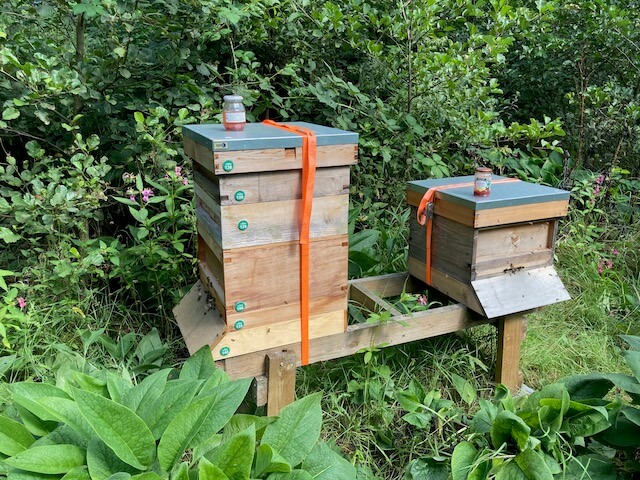
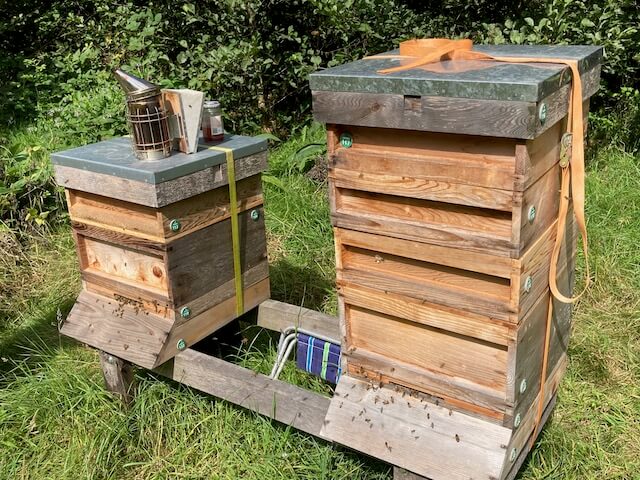
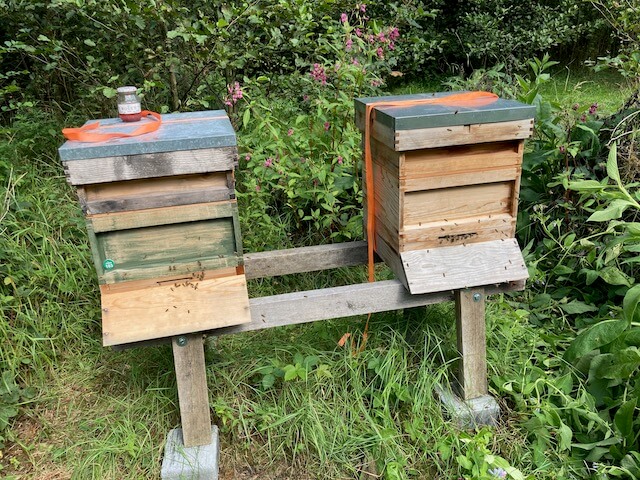


This is us inspecting Polly

This is what we found when inspecting our hive called [su_tooltip title=”What’s behind the names?” content=”We named the hives so we knew which ones we were talking about to each other. Polly is because the colony started off in a polystyrene nucleus (a poly nuc)”]Polly[/su_tooltip] on 9th August
From left from front
Frame 1. [su_tooltip title=”What does this mean?” content=”This is NS – near side or FS – far side. When we inspect a hive you stand to one side (for our hives) so this is shorthand to describe which side of a frame we’re talking about”]NS[/su_tooltip] brood, dark, well covered, play cell. FS brood, larvae, play cell
Frame 2. NS undrawn. FS drawn
Frame 3. NS eggs. FS larvae
Frame 4. NS brood, larvae. FS brood, larvae at extremities
Frame 5. NS brood. FS larvae
Frame 6. NS brood. FS hatching brood with eggs laid back in space
Frame 7. NS brood, eggs in extremities. FS brood, larvae
Frame 8. NS play cells. FS brood, pollen, larvae
Frame 9. NS brood. FS brood, larvae
Frame 10. NS larvae, brood, eggs. FS brood, hatched in middle, relaid with eggs
Frame 11. NS brood. FS Queen, pollen